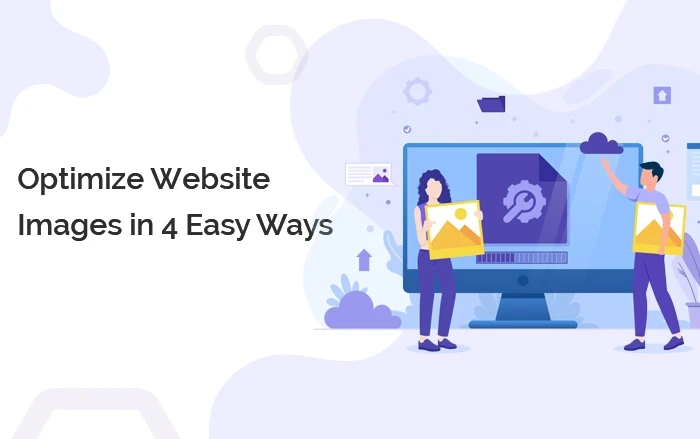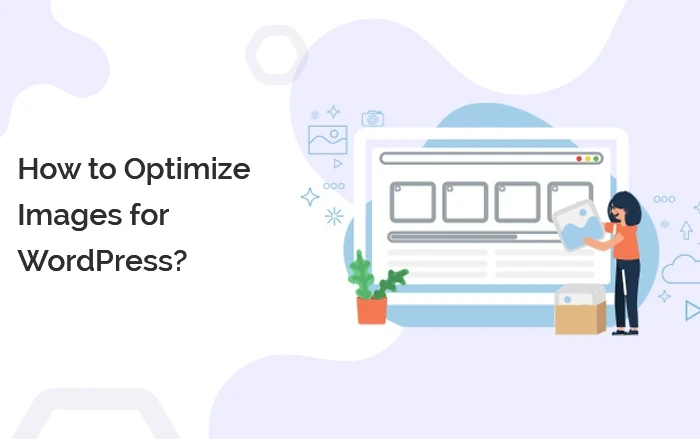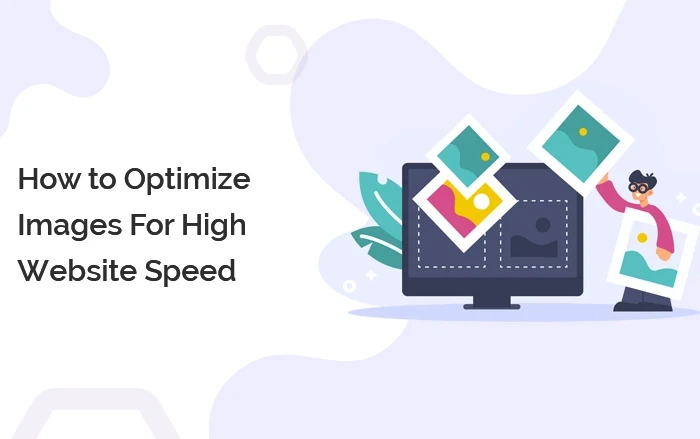Slow speed of a website is a big issue often resulting from many factors that can be taken care of easily. Lack of knowledge of using right image file formats and large image size are among those factors. Unoptimized Images are large, that means they take more time to load on the screen.
As a matter of fact, Higher web page loading time even increases users’ bounce rate.
Don’t worry, you can fix this now. Image optimization best practices will help your website sustain with high scores on website speed testing tools like Google Page Speed Insights, GTmetrix & more.
If you don’t know how to optimize images for website speed, this article is for you. We are going to mention some of the best tips & tricks that you’ll find helpful.
What is Image Optimization?
As per the universal definition, Image optimization is the process of reducing image file size while keeping the quality untouched.
There are many easy-to-use plugins available to make your images optimized for speed
How Image Optimization Will Help Your Website Rank Higher? 6 Benefits of Image Optimization
After seeing its critical impact on other areas of a website, image optimization can be defined as website speed & performance enhancing practice that shows better results in SEO, SERP rankings and customer retention.
Do you really need to format your images? Studies from HTTP Archive have shown that website images weigh around 21% of the total weight. So, by optimizing your images, you are already ensuring to decrease a huge percentage of web page load apart from other content resources such as videos, audios etc.
So, now we can list down top benefits of optimizing WordPress images. Optimized Images can help you with:
- Faster website speed
- Fewer Bounce Rate
- More conversions, sales and leads
- Higher SERP rankings
- Making fast website backups
- Less storage and bandwidth
Now that you know, how image optimization can help you rank higher in search engines. It’s time to understand how image optimization exactly works.
Optimize Website Images in 4 Easy Ways

There are many ways in optimizing images for fast web page loading, but you need to make sure to find a perfect balance between the file size and image quality.
This leads us to start with the very first step towards optimizing images hassle free by choosing the best image file format.
Here are the 4 easy ways to ensure fast image optimization:
1. Image File Format Selection
For optimizing your images, you need to choose the right image file format best suited for your WordPress or shopify websites. There are usually 3 most preferable file formats used around the world i.e. PNG, JPEG, & GIF.
Making your best bet on the right image file format based on the type of your website plays an important role in speeding up website after optimization.
People often get confused not knowing the major differences between JPG & PNG images file formats. So, let’s make things simpler for you by briefly discussing each of the image formats.
- JPEGs: JPEG image formats are best if you want to make your website colorful, since JPEG better contrasts colors in the images. JPEG comes with a lossy compression that means there will be considerable reduction in image quality and size after optimization.
- PNGs: PNGs work on the transparent format, and are useful to use transparent images. However, it uses lossless compression, that means, the final size of the file will be much larger.
- GIFs: If animated images are your need, GIF is there to support. With its lossless compression, it comes in slightly higher in size.
You can make the best use of all three of them by choosing their combinations to reduce your image size by 5 times. You can also use an image optimization tool to set standard image quality.
There are several other types of image formats available such as JPEG XR and WebP, but they’re not universally supported by all browsers.
2. Optimization by Image Lazy loading
Do you want to know how to optimize images for the web without losing quality? Lazy loading is one the most popular image optimization techniques used by the web developers across the world that does not sacrifice quality.
By lazy loading, you allow your images on the web page to open/load slower only when visitors come into exposure with an image. So, images at the bottom of your page will load at last. As a result, web page loading speed increases in the starting phase, which improves FCP, LCP & other core web vitals.
If you are using WordPress, there are lots of popular lazy loading plugins you can work with. Smush comes with image optimization in bulk.
3. Image Size Reduction through Compression
As you are aware of the fact that, the heavier the files, the more time it will take to load.
Thus, it is essential to reduce website images through compression. There are mainly two types of compressions: Lossy Compression and Lossless Compression.
As the name suggests, while lossy compression drops the quality down, there will be no quality loss in the lossless compression.
There are lots of free options available to you to compress down your images for optimization. But as per my own experience with many online compression tools, images compressed by TinyPNG used less bandwidth and loaded much faster.
Moreover, as a wordpress site user, if you are seeking image optimization plugins, we would recommend giving a go to Optimole, and EWWW Image optimizer. They are automatic image compressors to compress your images on upload.
4. Hosting Website Images on a CDN
Your goal here is to optimize images for speed, trying to improve page loading. So, by hosting your optimized web page images on a CDN, you’ll take your image optimization process to the next level.
By hosting images on CDN, you are allowing your images to render through servers distributed worldwide, rather than just server on your own.
For this purpose, we haven’t found a better content delivery network than Clouldflare. Cloudflare is worth its cost with speedy customer services.
Using CDN by Cloudflare, your images will be delivered to the visitors from their closest servers at their location geographically.
For example, if your website servers belong to the US, and your visitor is using your site from the UK, then he will use a server that’s located closer to him with the help of CDN, ultimately, increasing the page loading speed.
How to Optimize Images for WordPress?

In case you are a WordPress user & want to optimize images for your WordPress site, our plugin can work best to your needs.
W3speedster is the WordPress speed optimization plugin specifically designed to lower down the stress of WordPress enthusiasts with high easy to use features & high functionality.
It will do your required image optimization, provide WebP support, enable you to do fast lazy loading. Apart from image optimization, it has been used by thousands of WordPress users for JS & CSS minification, site caching, and to help speed up websites.
 Christmas Mega Sale – Enjoy Up to 50% OFF on Every Plan!
Christmas Mega Sale – Enjoy Up to 50% OFF on Every Plan! 


